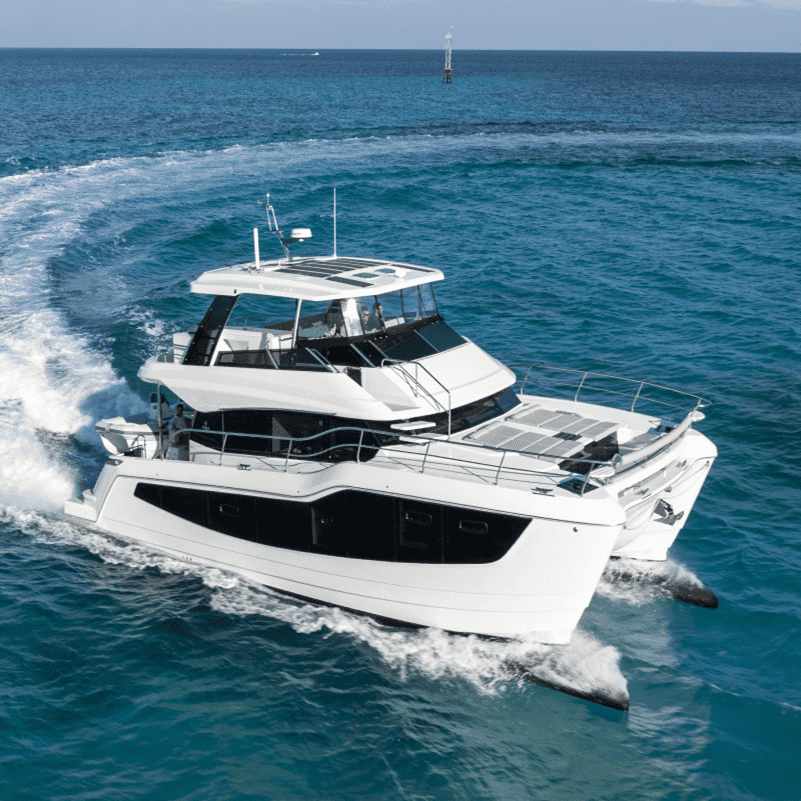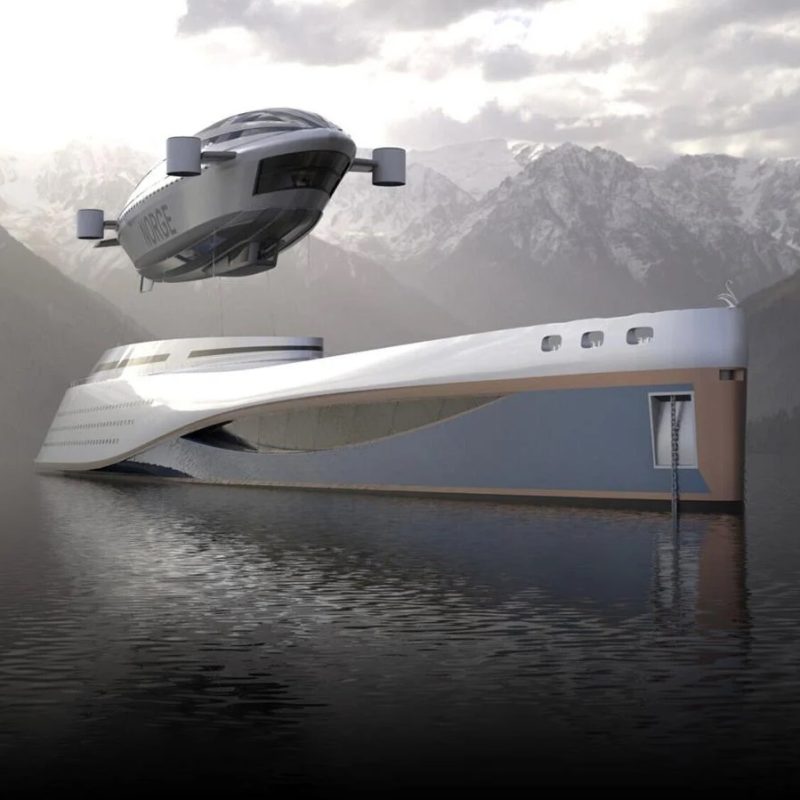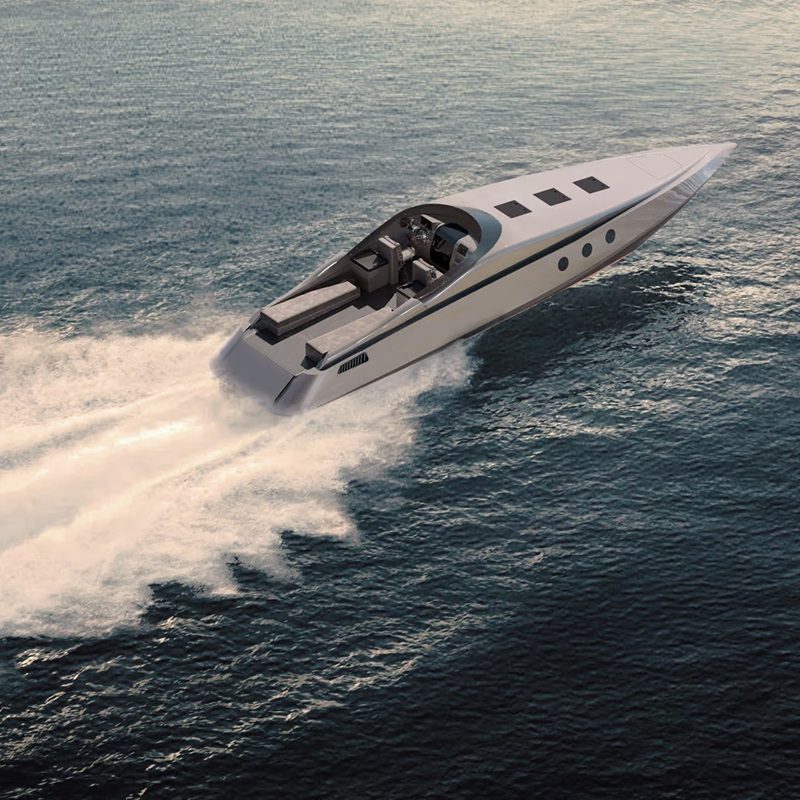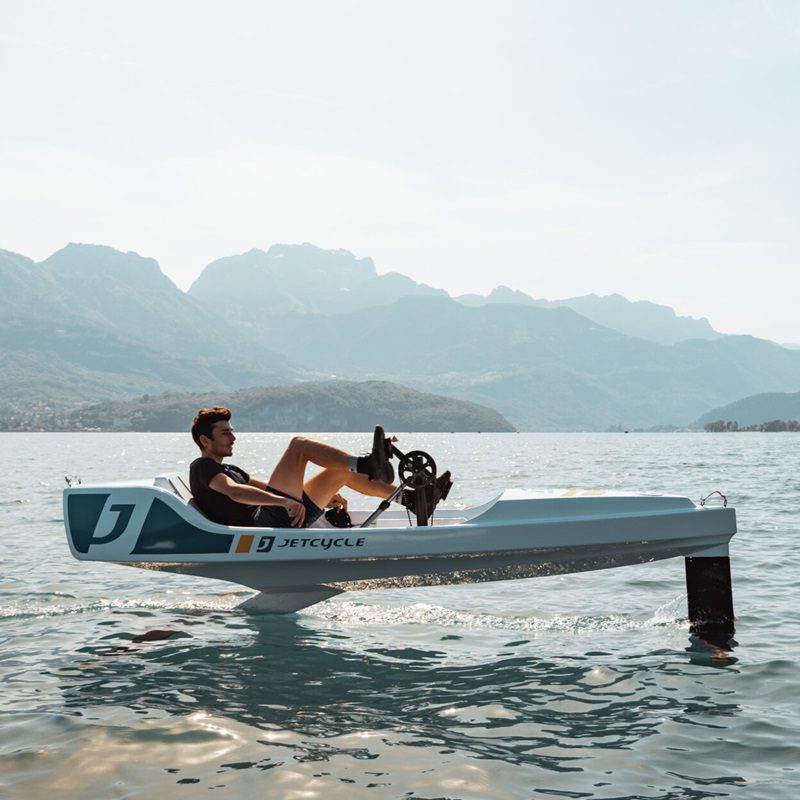Pegasus Yacht Concept is a Zero Emissions “Invisible” Yacht Concept By Jozeph Forakis
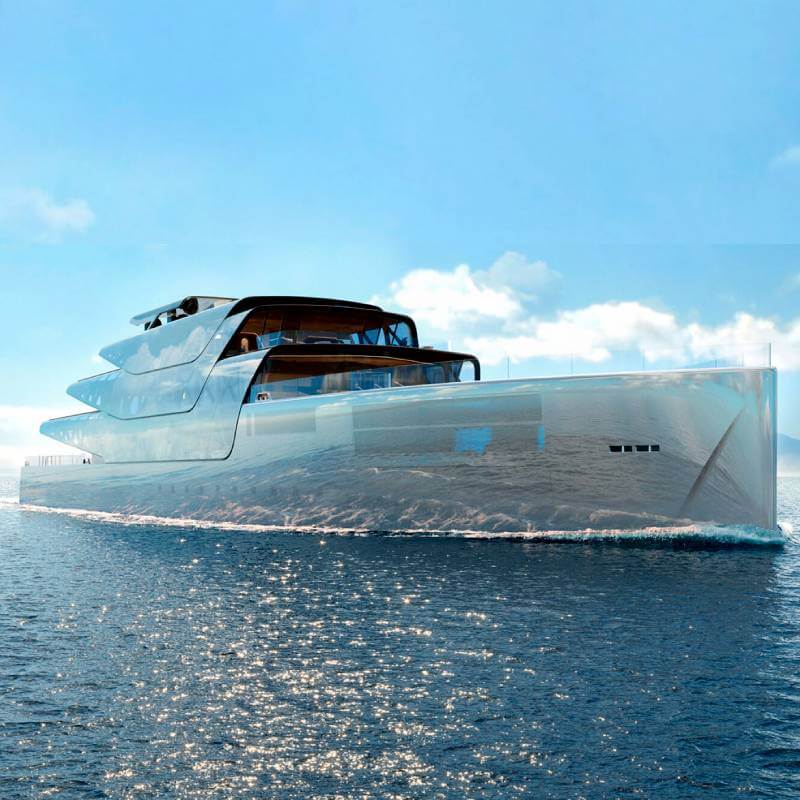
Conceived on a beach in Koufonissi Island, Greece by designer Jozeph Forakis, the Pegasus yacht concept is a ground-breaking design that is meant to mimic the desire for invisibility. The designer set out to create a yacht that was close to the sea and nature as possible.
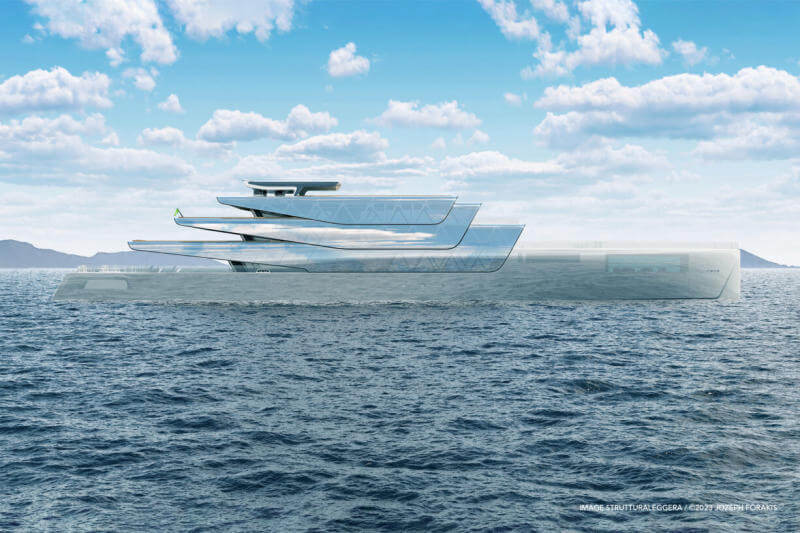
The yacht is invisible in the sense that it is a true zero-emission yacht that is invisible both in design and environmental impact. The 88m yacht features a low, linear hull with a plumb bow and metallic finish that reflects the water below and the sky above. This creates a chameleon like effect that appears to blend the vessel into the surrounding natural environment and creates the illusion of invisibility.
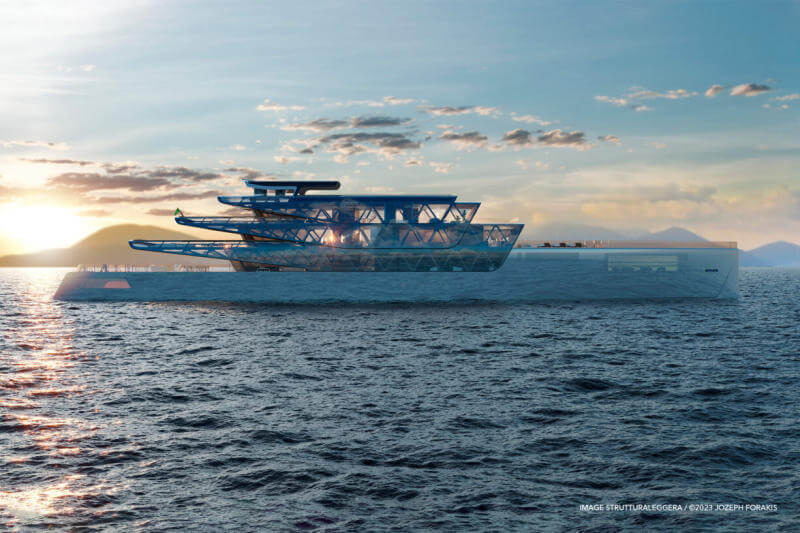
The vessel is constructed using robotic 3D printing to create a mesh framework integrating both hull and superstructure. This manufacturing method creates an extraordinarily strong lightweight structure that uses less energy, material, waste, space, and time compared to conventional construction.
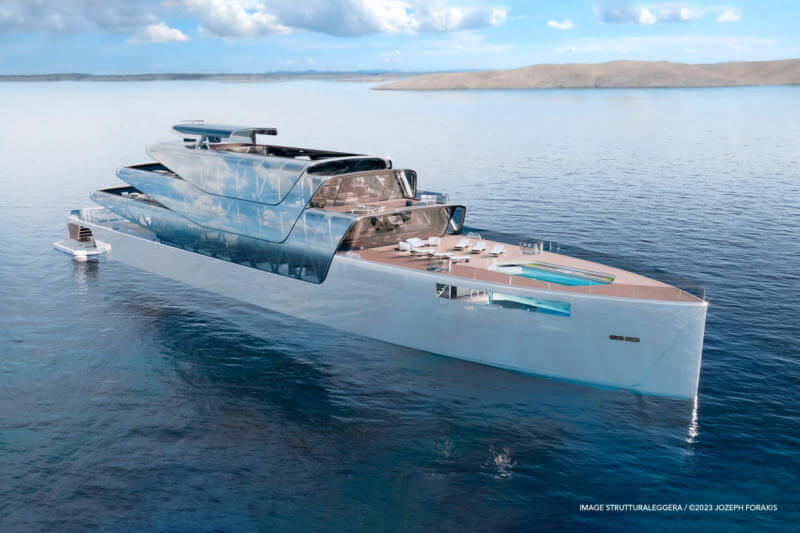
The centerpiece of the design is what is known as the “Tree of Life” a living, breathing monument to mother nature and the nucleus of the hydroponic garden that provides fresh food and air purification.
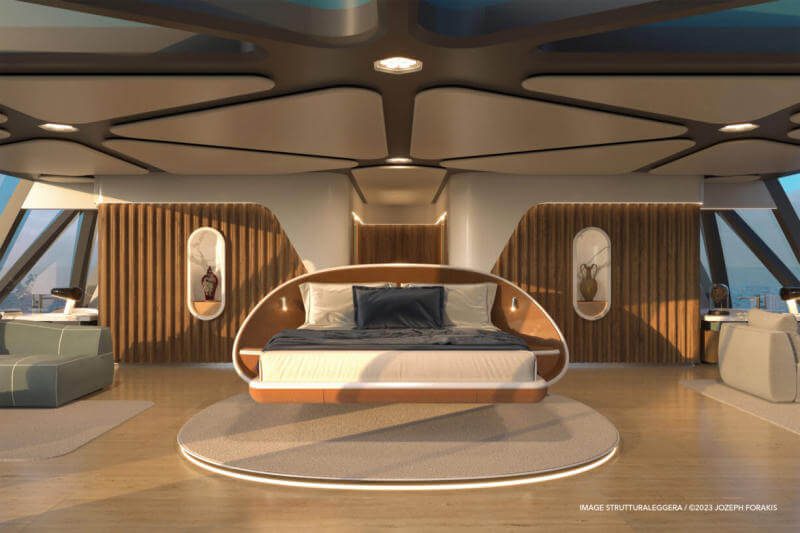
The base of the “Tree of Life” starts from a reflecting pool on the lower deck, while the rest of its foliage is surrounded by the hydroponic and meditation Zen Garden. The tree extends through all four levels of the vessel.
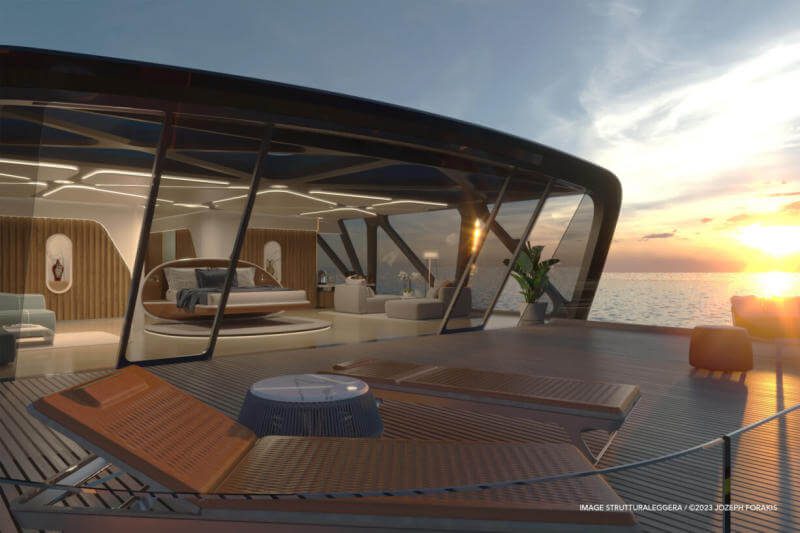
A spiral staircase connects the top-level owner’s suite which has a forward-facing master suite and large private terrace with the lower levels. In addition, the vessel features an aquarium-style lap pool, expansive horizontal windows that transform into open balconies, port and starboard.
The Pegasus superyacht will be powered by solar energy which will be used to convert seawater into hydrogen. Onboard fuel cells will convert the hydrogen into electricity which will be stored in short-term Li-ion batteries. This technology produces zero carbon emissions and will allow the vessel to have an unlimited range.

